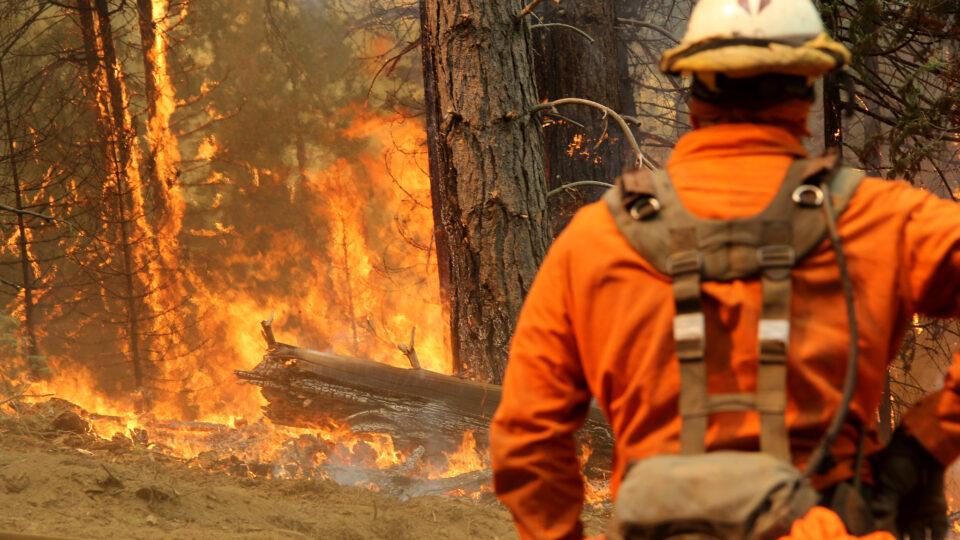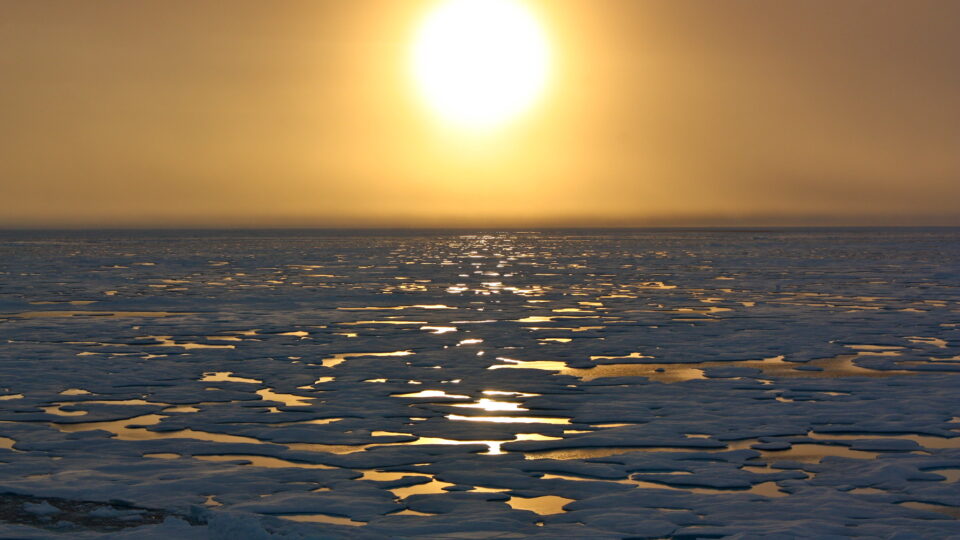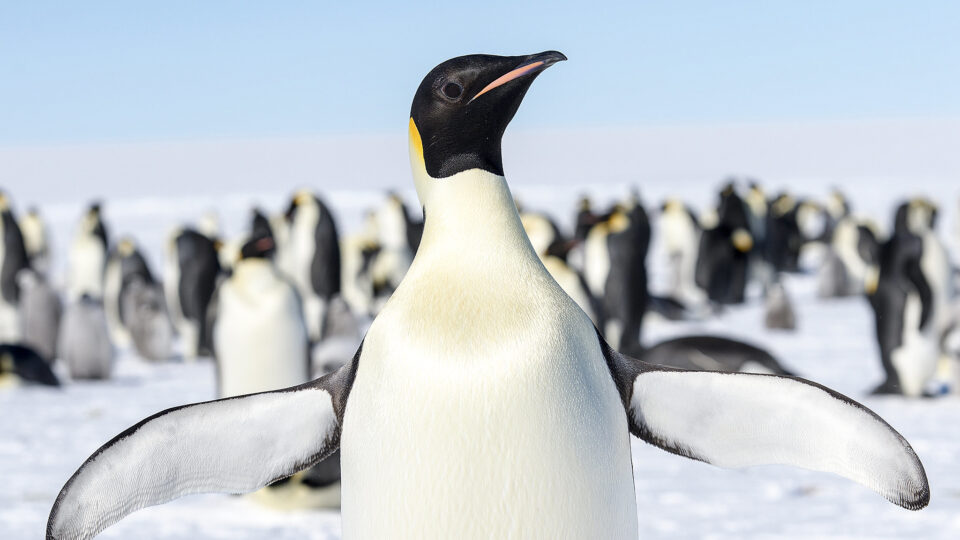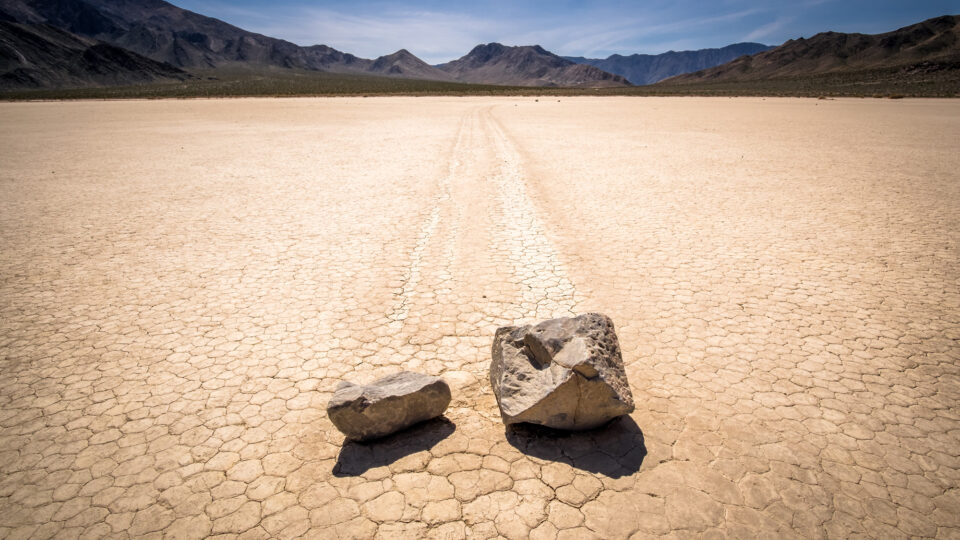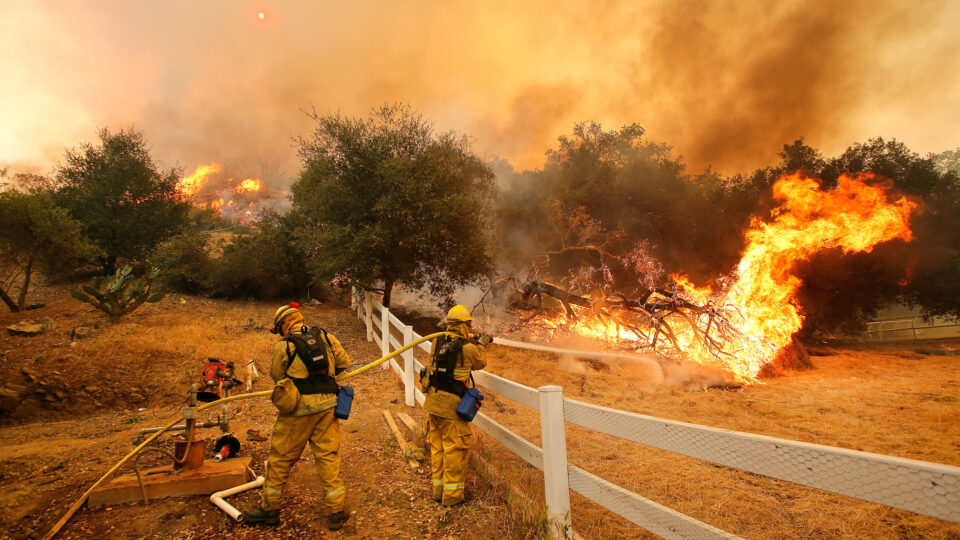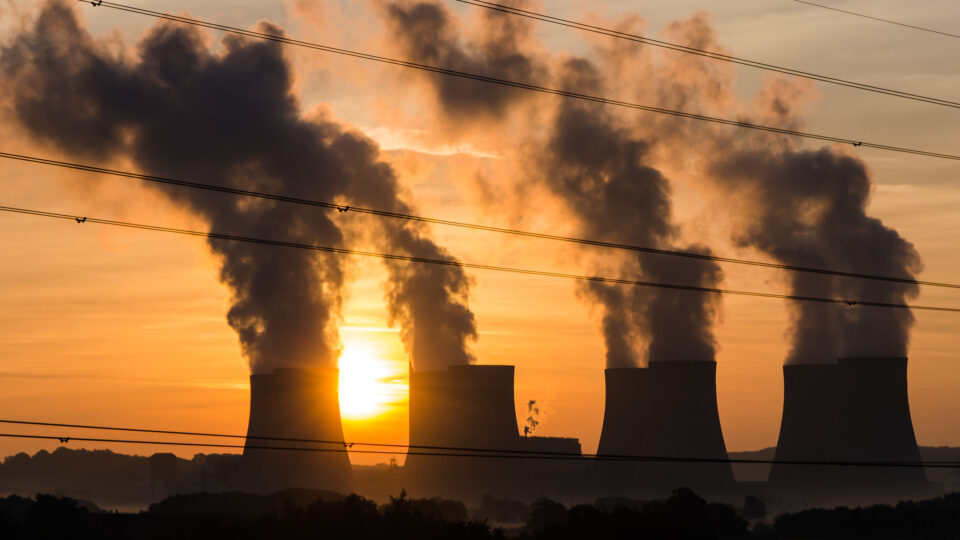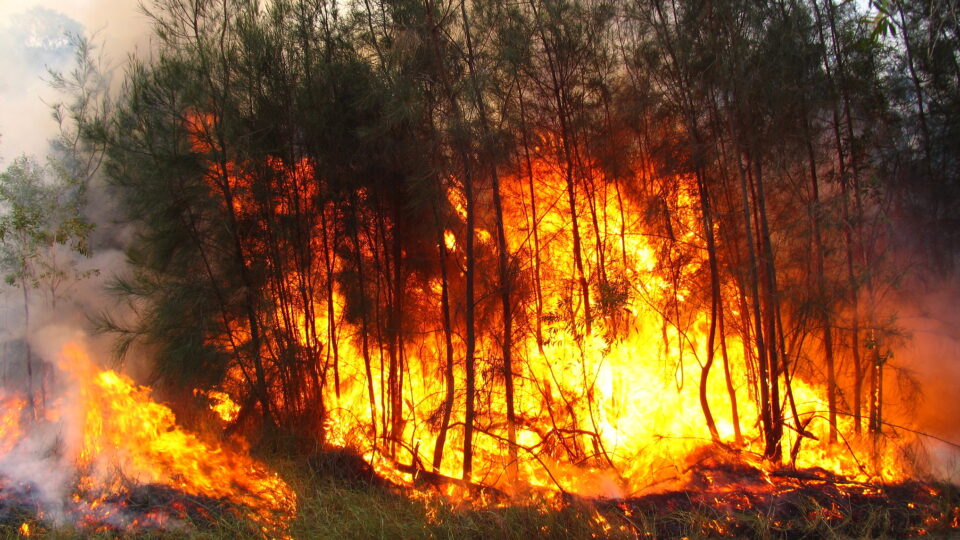For the first time in a while, the monthly report on the US climate did not feature record-setting heat. The average January temperature across the contiguous U.S. was 1.6 degrees above the average, but that only ranked it in the middle third of the climate record. The diminishing El Niño probably helped. On the other hand, the global average temperature in January was again the warmest on record – the 8th consecutive record-setting month.
But January still managed to be atypical weatherwise in the U.S. in that the nation’s average precipitation across the country was 3.18 inches – nearly an inch above average – which made it the 10th wettest January in NOAA’s 130-year climate record. Thirteen states experienced top-ten rainfall amounts. In late January, record rainfall and flooding hit the southern plains, especially in parts of Texas and Louisiana. Meanwhile, early February brought historic rainfall and mountain snow to California with a second round later in the month.
All of the rainfall in January has made some difference to drought conditions across the country. On January 30th, about 23.5% of the contiguous U.S. was In drought, which was 9.5% lower than the beginning of the month. However, drought conditions expanded or intensified across northern parts of the Rockies and Plains among a few other places.
Outside of the lower-48, Alaska continued to experience historic snowfall conditions. Between October and the end of January, Anchorage had over 100 inches of snow.
We are living in an era of weather extremes.
**********
Web Links
The nation just saw its 10th-wettest January on record
Photo, posted February 8, 2017, courtesy of Paxson Woelber via Flickr.
Earth Wise is a production of WAMC Northeast Public Radio



